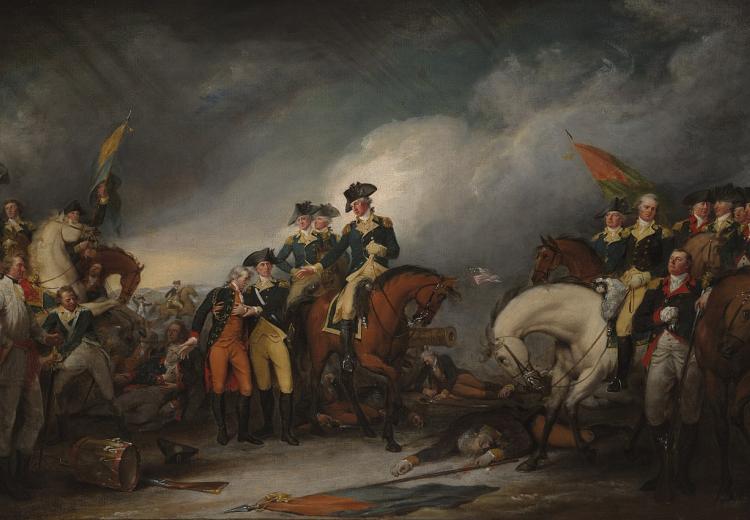The Origins of the Cold War, 1945–1949—Since the Bolshevik Revolution of 1917, Soviet leaders had been claiming that communism and capitalism could never peacefully coexist. Agreements regarding the postwar world were reached at Yalta and Potsdam, but the Soviets wasted no time in violating them. Harry Truman believed that the proper means of responding to an international bully was a credible threat of force.
Witch Hunt or Red Menace? Anticommunism in Postwar America, 1945–1954—Americans emerged from World War II as the only major combatant to avoid having its homeland ravaged by war, the U.S. economy was clearly the strongest in the world, and, of course, the United States was the only country in the world to possess that awesome new weapon, the atomic bomb. However, over the next five years relations between the United States and the Soviet Union went from alliance to Cold War.
Dramatizing History in Arthur Miller's The Crucible—By closely reading historical documents and attempting to interpret them, students consider how Arthur Miller interpreted the facts of the Salem witch trials and how he successfully dramatized them in his play, The Crucible. As they explore historical materials, such as the biographies of key players (the accused and the accusers) and transcripts of the Salem Witch trials themselves, students will be guided by aesthetic and dramatic concerns: In what ways do historical events lend themselves (or not) to dramatization? What makes a particular dramatization of history effective and memorable?
"Police Action”: The Korean War, 1950–1953—In 1950, North Korean forces, armed mainly with Soviet weapons, invaded South Korea in an effort to reunite the peninsula under communist rule. This lesson will introduce students to the conflict by having them read the most important administration documents related to it.
"The Missiles of October”: The Cuban Missile Crisis, 1962—Most historians agree that the world has never come closer to nuclear war than it did during a thirteen-day period in October 1962, after the revelation that the Soviet Union had stationed several medium-range ballistic missiles in Cuba. This lesson examines how this crisis developed, how the Kennedy administration chose to respond, and how the situation was ultimately resolved.
The Gulf of Tonkin Resolution and Escalation of the Vietnam War—In August 1964, a small military engagement off the coast of North Vietnam helped escalate the involvement of the United States in Vietnam; the Vietnam War would become the longest military engagement in American history.
Building Suburbia: Highways and Housing in Postwar America—The postwar United States experienced a dramatic economic boom—and a dramatic reorientation of American ideals of the home.

